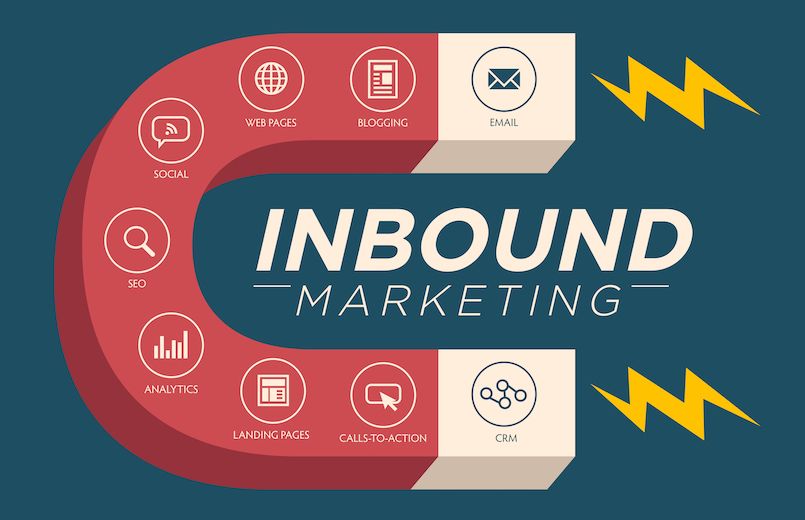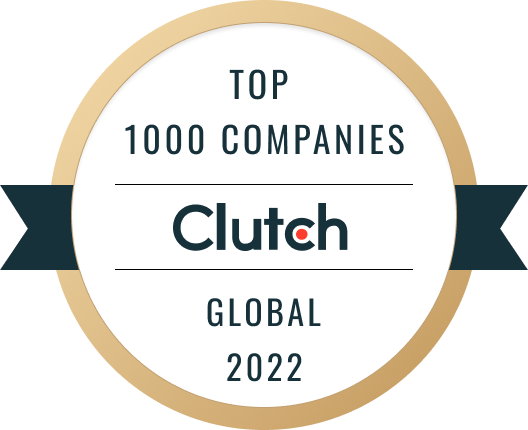Your marketing efforts are central to your success. Are you clear on the differences between inbound marketing and outbound marketing? For marketing campaigns to be truly effective, it is necessary to understand the specific techniques that will attract your target audience and propel them to buy your products and services.
Understanding Inbound Marketing

The term inbound marketing was originally coined by HubSpot in 2005, a developer and marketer of software products for inbound marketing and sales. Inbound marketing adds value, tackles pain points, and addresses the full customer’s buying journey with helpful and relevant content. It’s about building credibility for your business and developing a trusting relationship with ideal customers through such tactics and content like:
- Photos and Infographics
- Videos and Podcasts
- Search Engine Optimization (SEO)
- Social Media Marketing (SMM)
- Blogs, E-Books, E-Newsletters, and E-Zines
- Whitepapers and Presentations
When using these techniques and content, customers will typically find you through social media channels, blogs, and search engines. Because inbound marketing is designed to address the problems and desires of the ideal customer, the impact is significant, powerful, and elevates the ROI of your overall digital marketing program.
Let’s break down the steps in the cycle of inbound marketing:
-
-
Attract
-
First, you need to attract your customers and “get found.” How do you turn strangers into viewers and buyers? The content you develop and broadcast needs to be relevant. There also needs to be a calculation in the timing of the delivery of the social media posts, videos, blogs, or other marketing efforts — turning your techniques into views and making them come back for more. Do you know your target audience’s favorite social media platforms? When and how do they access them? Content strategy needs to be centered on knowing when and where they search for products and services.
-
-
Convert
-
Second, you convert the viewer into a solid lead. It is critical to approach the lines of communication with a strategy that makes it comfortable, simple, and engaging for your particular target audience. Personalizing the conversion step to not only align with your products and/or services but also with the preferred habits of your potential buyers will significantly increase your rate. Give them simple contact forms, ways to set up a meeting, or options for messaging online through chats. Generation Z communicates differently from Millennials —and certainly Baby Boomers. Make sure to have a robust Customer Relationship Management (CRM) system set up to track and refine your inbound marketing efforts.
-
-
Close
-
Third, you close the deal. You have their attention, and the lines of communication are open — now what? Sales tools you can use to close the deal include lead nurturing throughout the entire lifecycle, managing the pipeline of your leads, utilizing email with relevant content to build trust and help them get ready to buy, and prioritizing your leads to promote the strongest growth for your business.
An inbound marketing agency specializes in the production of targeted blogs, social media campaigns, and other materials and techniques that can increase leads and maximize the return on investment (ROI) of your overall marketing program.
Want to learn more about Inbound Marketing? Check out this blog post.
Understanding Outbound Marketing

Outbound marketing is what most people would view as “traditional” marketing. This type of marketing, in general, casts a much wider net than inbound marketing. Typical outbound marketing includes:
- Newspaper and Magazine Ads or Advertorials
- Radio and Television Advertisements
- Direct Mail
- Billboards and Event Sponsorships
- Banner Ads and Pay-Per-Click (PPC)
- Email Blasts
Outbound marketing is based on the idea of interruption. The intent is to find a vast audience that could be amenable to your products and services, and through marketing volume —attract enough customers to convert into leads and sales.
As the overall culture and habits of communication continue to change rapidly, the effectiveness of outbound marketing decreases. Depending on your target audience, the avenues available in outbound marketing to generate leads and sales could be primarily ineffective and difficult to receive any substantial ROI. This does not mean that you can’t use it. As an overall rule, the older your customer base is, the more likely outbound marketing techniques will be worth the investment.
Cold calling, in-person meetings, and other outbound marketing techniques are still utilized with particular effectiveness in the B2B arena and higher-end product transactions. The strategy here can also include face-to-face contact at trade shows, networking, and other industry events to generate leads and ultimately close sales.
Building Strong Marketing Platforms for Success

Companies that sell products and services directly to customers need to build a vibrant, strategic inbound marketing plan to thrive in today’s digital-driven and increasingly mobile society. This “permission-based” marketing allows you to interact with the customers on the platform that they choose, creating an inherently friendly arena to communicate, engage, and delight. You can investigate and address the kinds of questions that your potential buyers are asking — giving them targeted solutions to their problems.
Inbound marketing as a whole has a smaller audience than outbound marketing, but the rewards in conversion and closed sales have statistically proven to be excellent.
What is the current status of your inbound marketing?
Are you aware of needed areas of improvement and opportunities for growth?
An inbound marketing agency can perform a comprehensive analysis to enhance the quality of your platform and promote your brand authentically and effectively.
Outbound marketing still has a significant presence in the global marketplace, but it is clear that the power of inbound marketing will continue to escalate, especially with mobile users. Understanding the difference between inbound and outbound marketing, and their advantages and best uses will refine your comprehensive marketing and business plans — building a strong platform for success to truly thrive.
Are you looking for inbound marketing strategies for your manufacturing business? Check out our guide here: Inbound Marketing for Manufacturers: How to Build a Brand and Increase Sales
Our Awards
















